The UFO files: exploring the findings of the Pentagon’s report
The report, released last month, examines mysterious phenomena in the skies. What does it tell us?
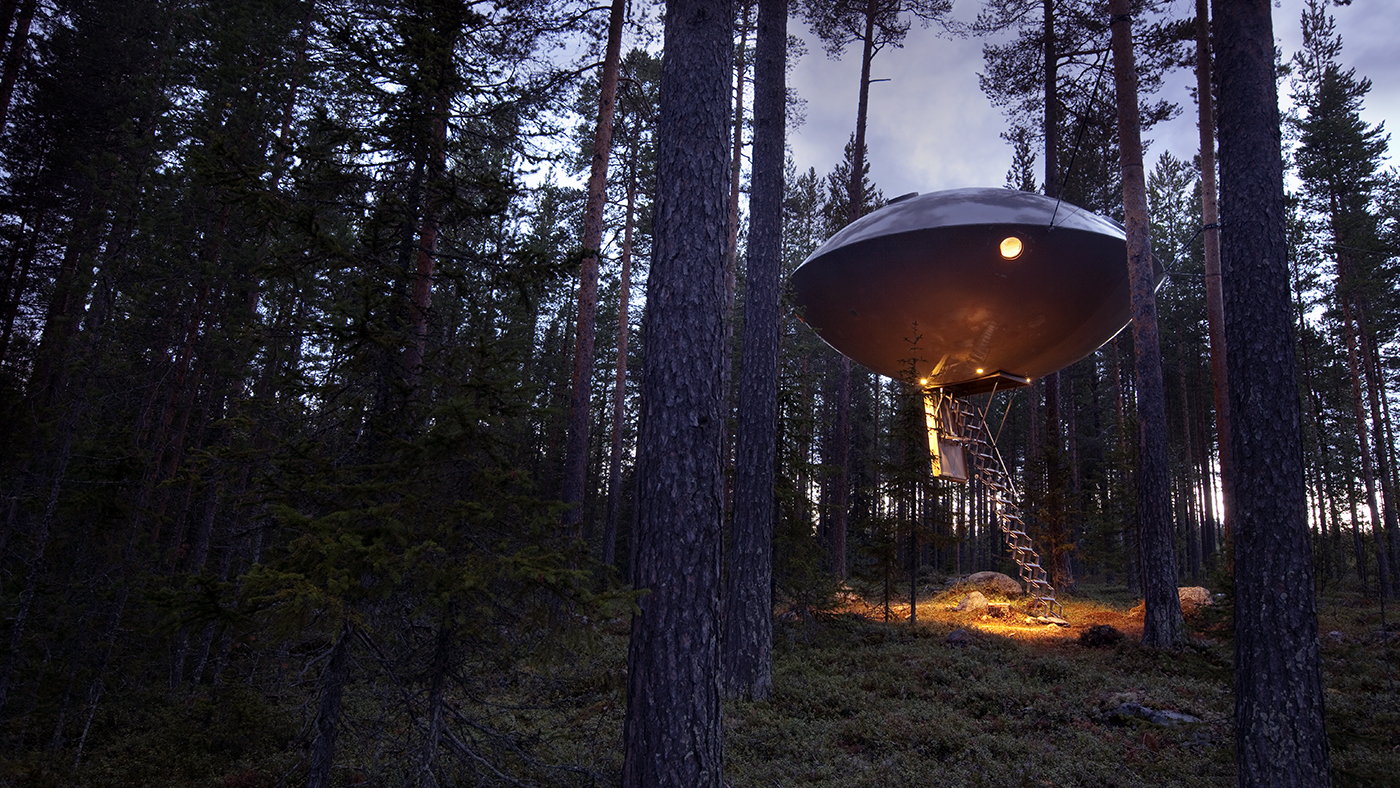
In 2017, The New York Times publicly revealed that the US Defence Intelligence Agency had, ten years earlier, established the Advanced Aerospace Threat Identification Programme – a secret $22m government project to examine military encounters with unidentified flying objects, or Unidentified Aerial Phenomena (UAPs), as they are officially known today.
By that time, details and footage of some particularly striking incidents had already been leaked and widely reported. There was growing interest among members of Congress, who called for greater transparency on the issue. The Senate’s intelligence committee demanded that the Pentagon – the Department of Defence – release a public report describing its findings.
What were these widely reported incidents?
The Week
Escape your echo chamber. Get the facts behind the news, plus analysis from multiple perspectives.

Sign up for The Week's Free Newsletters
From our morning news briefing to a weekly Good News Newsletter, get the best of The Week delivered directly to your inbox.
From our morning news briefing to a weekly Good News Newsletter, get the best of The Week delivered directly to your inbox.
In 2014 and 2015, US navy pilots from the aircraft carrier USS Theodore Roosevelt described close encounters in the Atlantic off Virginia with what looked like flying spheres.
Pilots reported that the objects had no visible engine or exhaust plumes, but that they could reach altitudes of 30,000 feet and hypersonic speeds. Some incidents were videotaped, including one in early 2015 that shows an object zooming over the waves as a pilot exclaims: “Wow, what is that, man? Look at it fly!”
In November 2004, two jets from the USS Nimitz were 100 miles southwest of San Diego when they encountered a white oval-shaped craft hovering above the sea. As one of the F-18 jets descended to look, the object ascended towards it, then zipped away. “It accelerated like nothing I’ve ever seen,” said David Fravor, one of the pilots. “It had no plumes, wings or rotors and outran our F-18s.”
What did the report find?
A free daily email with the biggest news stories of the day – and the best features from TheWeek.com
The Pentagon examined 144 reports of UAPs made by US military pilots between 2004 and 2021. Although only nine pages long, it presents some interesting findings. One is that UAPs “probably do represent physical objects”, as opposed to technical anomalies or figments of pilots’ imaginations. Some 80 of the UAPs were observed with “multiple sensors”, for instance by radar, infrared and optical cameras as well as pilots’ visual observations.
Furthermore, in 18 of the incidents, the objects demonstrated “unusual flight characteristics”, such as manoeuvring abruptly or moving at intense speeds – potentially demonstrating advanced, as-yet unknown technologies. The report also identified 11 “near-misses” between UAPs and US pilots, concluding that they “clearly pose a safety of flight issue and may pose a challenge to US national security”.
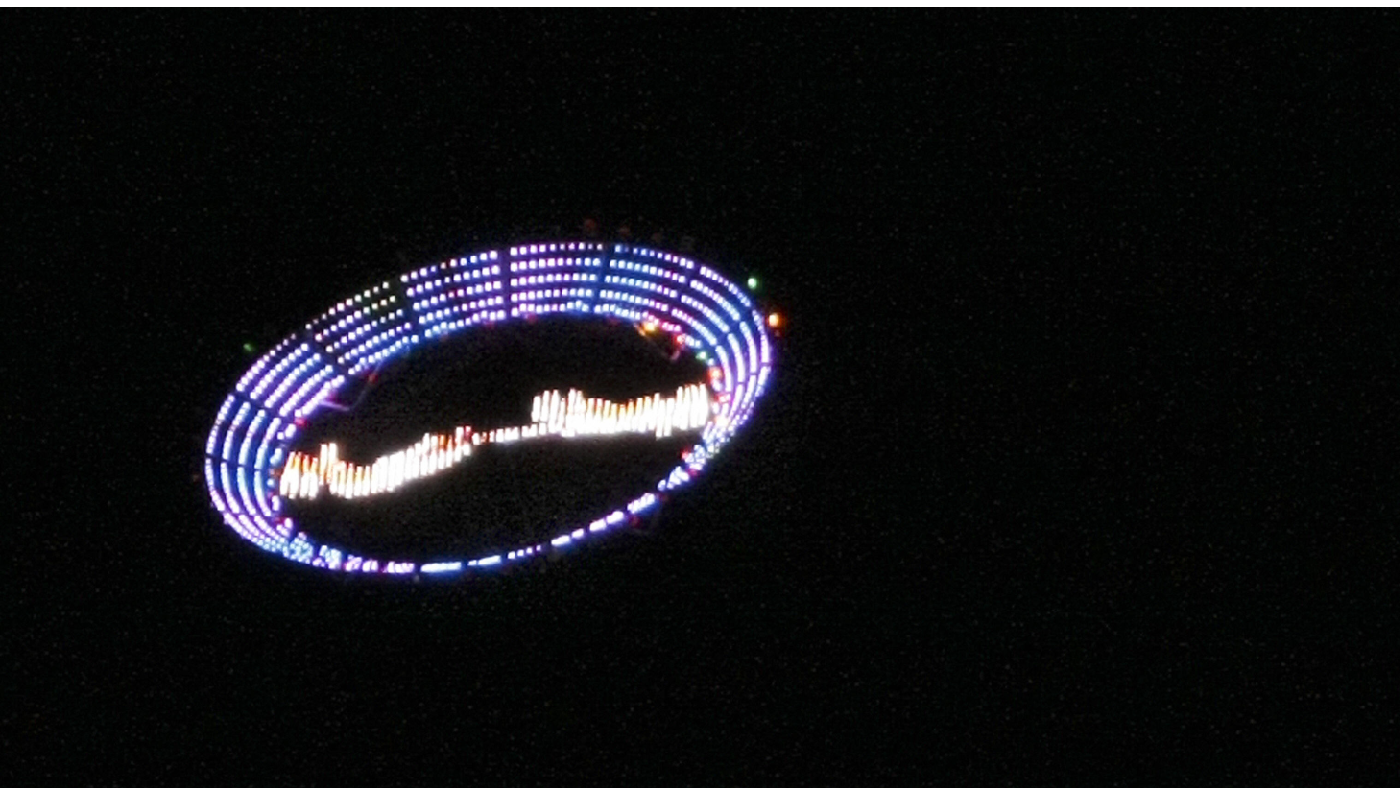
Did it offer explanations?
By and large, no. In one case, the Pentagon felt confident that the reported sighting of a UAP was in fact “a large, deflating balloon”. As for the other 143 sightings, it said it was unable to explain them definitively. But it did put forward five potential categories for sightings of UAPs: first, “airborne clutter”, such as birds, drones, balloons or debris; second, “natural atmospheric phenomena” such as thermal fluctuations, ball lightning or solar flares; third, classified technology operated by “US entities”; fourth, “foreign adversary systems”, i.e. secret technologies deployed by China or Russia; fifth, a catch-all “other”.
The fifth, of course, was taken by many as a code for “aliens”, but the word did not feature in the report. Essentially, the report amounts to a “giant shrug”, said The Economist, finding that the evidence on UAPs is “largely inconclusive” and that conclusions will require more data.
So was it a damp squib?
Not altogether. There was enough there to excite the UFO-watching community: “Some UAPs,” the report confirmed, “appeared to remain stationary in winds aloft, move against the wind, manoeuvre abruptly or move at a considerable speed, without discernible means of propulsion.”
It also signalled that security officials do now take UAPs seriously, and that, as Barack Obama recently put it: “there’s footage and records of objects in the skies that... we don’t know exactly what they are”. Most significantly, the findings are potentially deeply troubling from a national security perspective.
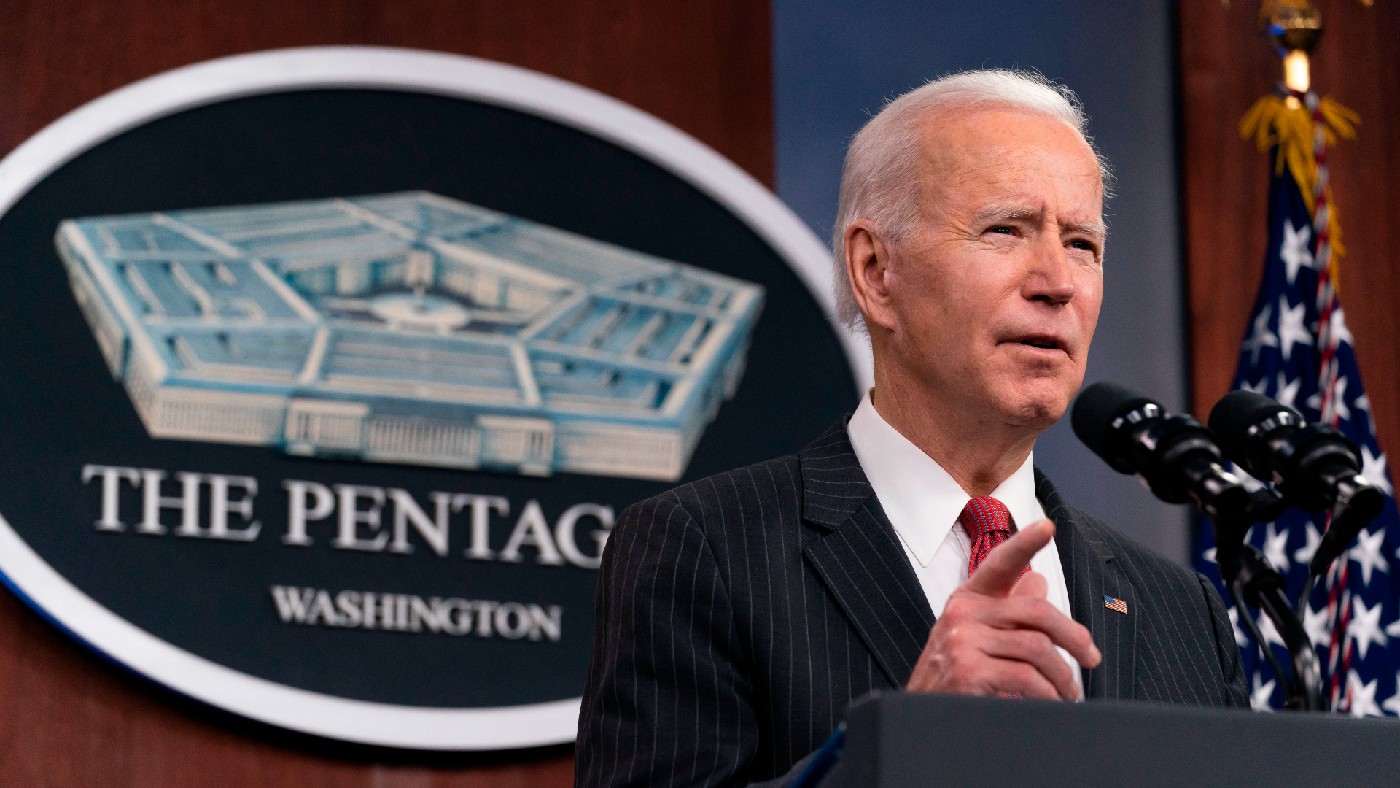
Why are they worrying, security-wise?
If a “foreign adversary” is behind the aircraft seen by US pilots and radar, then the likes of Russia or China are developing craft with advanced flying abilities that not only exceed the US, but which are so far ahead that they are actually incomprehensible.
Marik von Rennenkampff, a former Pentagon analyst, said that in that case, foreign powers would have performed a breathtaking technological leap – and that US intelligence would have suffered an immense failure “orders of magnitude worse than 9/11” by failing to note and explain them. Other experts, however, questioned why a foreign adversary would risk their technological advantages being discovered by parading them in front of rivals.
What other possible explanations are there?
The Pentagon has not always been forthcoming where reports of UAPs are concerned. “There is a long history of the US government allowing UFO theories to develop to mask or hide classified programmes,” said Julian E. Barnes, an intelligence reporter at The New York Times.
Many historical UFO sightings in the US have been retrospectively explained as sightings of the Lockheed U-2 and its successors: top-secret high-altitude spy planes that the Pentagon did not wish publicly to discuss. The report is somewhat non-committal in this area, saying only: “We were unable to confirm” that classified US programmes “accounted for any of the UAP reports we collected”.
At any rate, this report is only the beginning: it advised more “consistent consolidation” and analysis of reports. Mystery objects in the skies above are now firmly on the radar of the US armed forces.
-
 Is $140,000 the real poverty line?
Is $140,000 the real poverty line?Feature Financial hardship is wearing Americans down, and the break-even point for many families keeps rising
-
 Film reviews: ‘The Secret Agent’ and ‘Zootopia 2’
Film reviews: ‘The Secret Agent’ and ‘Zootopia 2’Feature A Brazilian man living in a brutal era seeks answers and survival and Judy and Nick fight again for animal justice
-
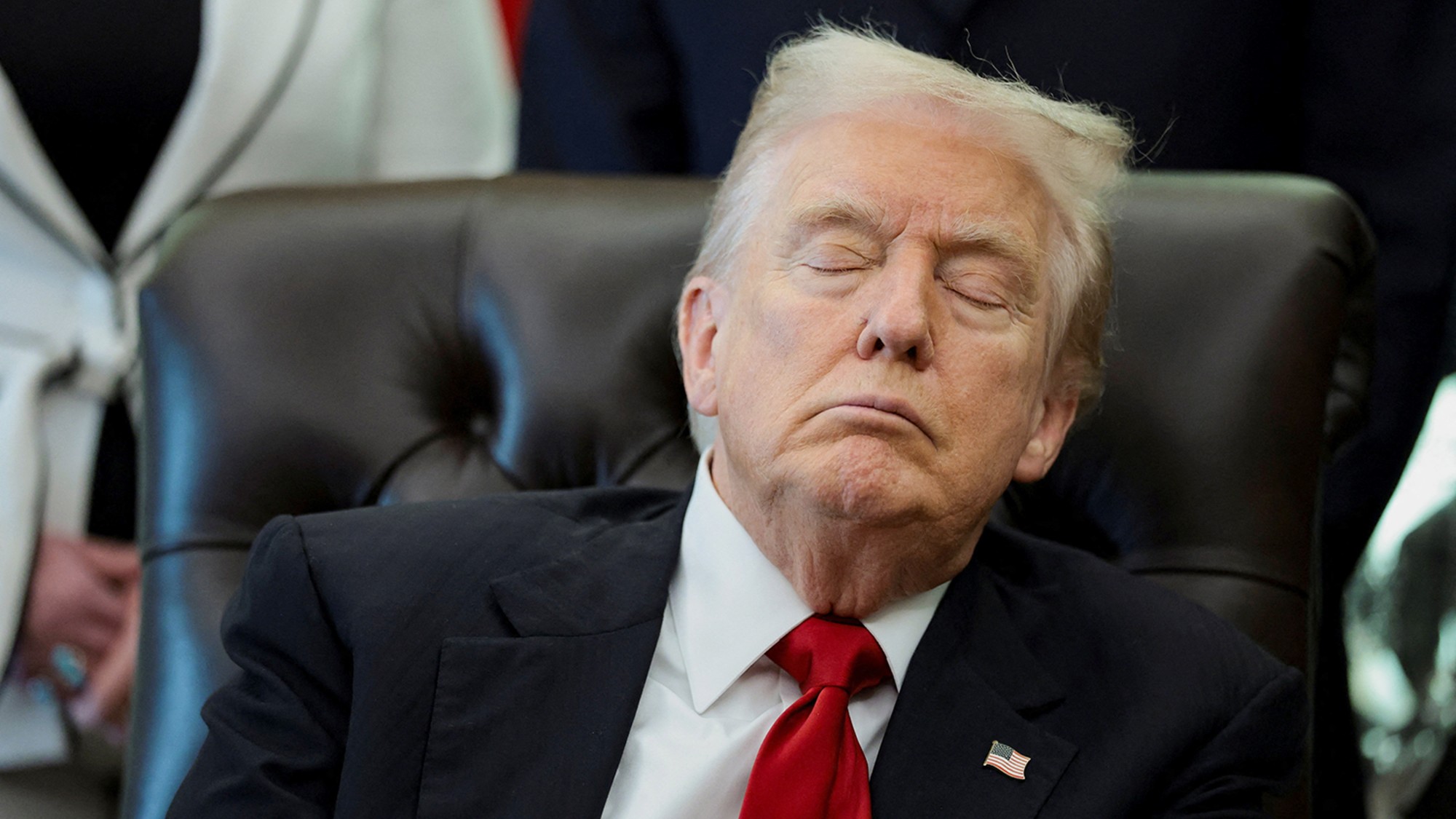 Trump: Losing energy and support
Trump: Losing energy and supportFeature Polls show that only one of his major initiatives—securing the border—enjoys broad public support
-
 Locals speculate about aliens in Wales
Locals speculate about aliens in WalesTall Tales And other stories from the stranger side of life
-
 Earring lost at sea returned to fisherman after 23 years
Earring lost at sea returned to fisherman after 23 yearsfeature Good news stories from the past seven days
-
 Bully XL dogs: should they be banned?
Bully XL dogs: should they be banned?Talking Point Goverment under pressure to prohibit breed blamed for series of fatal attacks
-
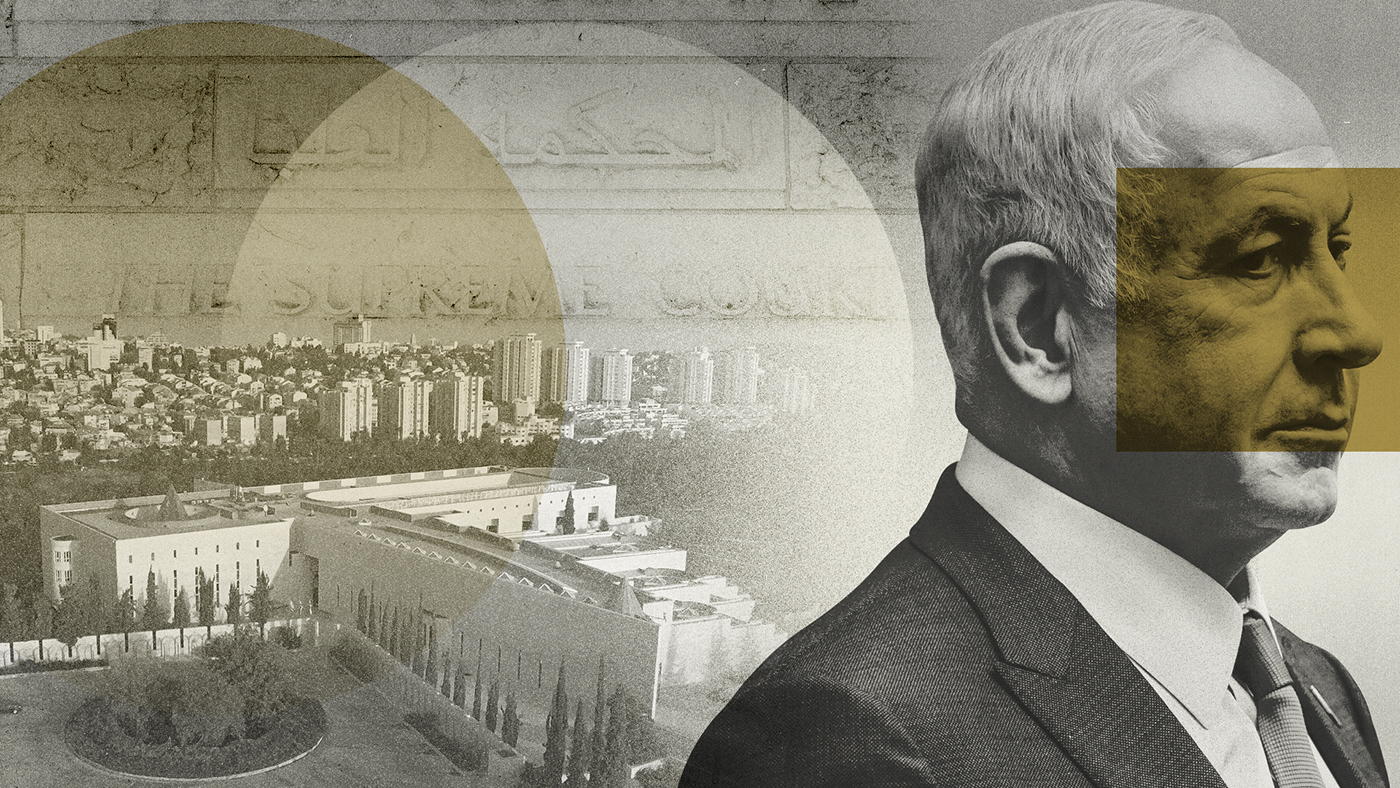 Netanyahu’s reforms: an existential threat to Israel?
Netanyahu’s reforms: an existential threat to Israel?feature The nation is divided over controversial move depriving Israel’s supreme court of the right to override government decisions
-
 Farmer plants 1.2m sunflowers as present for his wife
Farmer plants 1.2m sunflowers as present for his wifefeature Good news stories from the past seven days
-
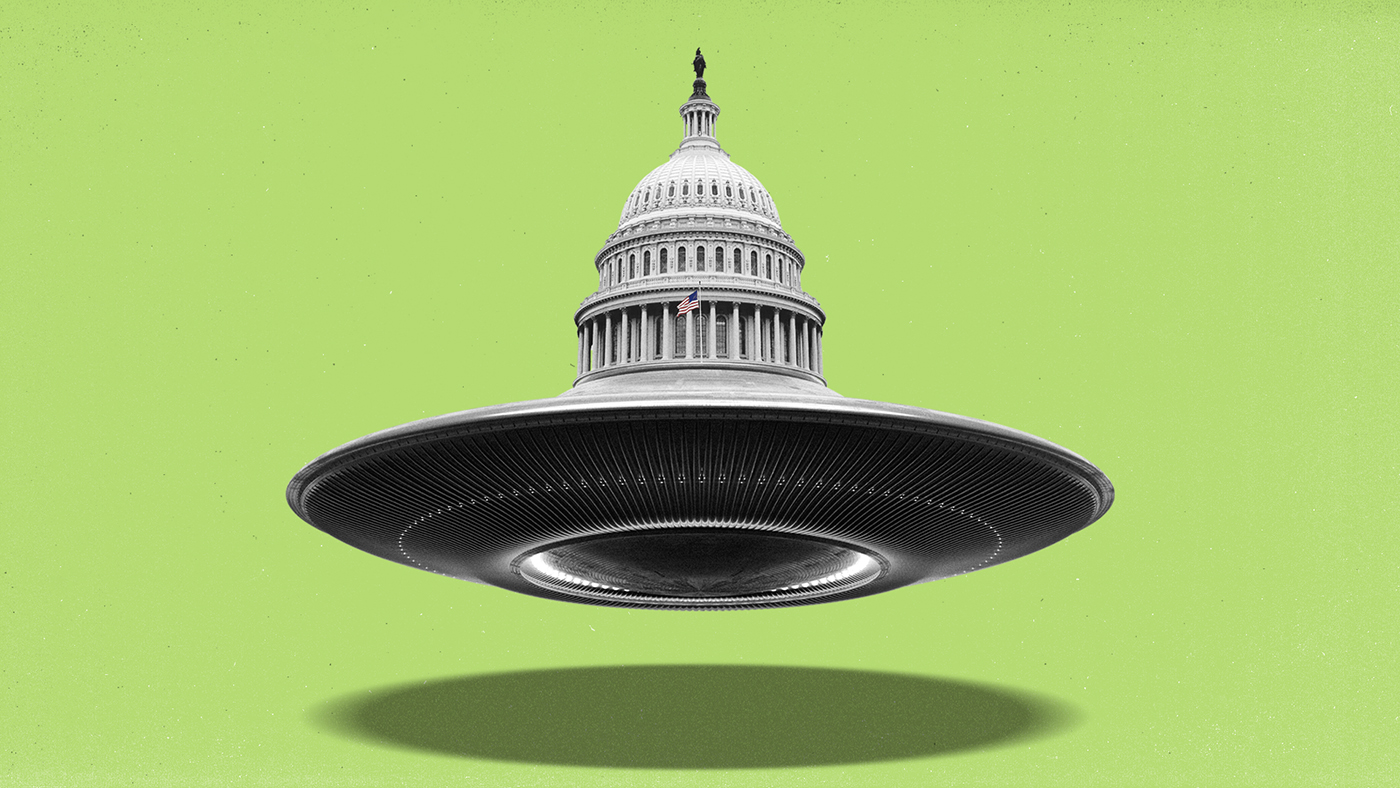 UFO hearing: why is Washington suddenly embracing aliens?
UFO hearing: why is Washington suddenly embracing aliens?Today's Big Question Speculation of extraterrestrial life has moved from ‘conspiracy fringe’ to Congress
-
 EU-Tunisia agreement: a ‘dangerous’ deal to curb migration?
EU-Tunisia agreement: a ‘dangerous’ deal to curb migration?feature Brussels has pledged to give €100m to Tunisia to crack down on people smuggling and strengthen its borders
-
 Manchester alleyway transformed into a plant-filled haven
Manchester alleyway transformed into a plant-filled havenfeature Good news stories from the past seven days